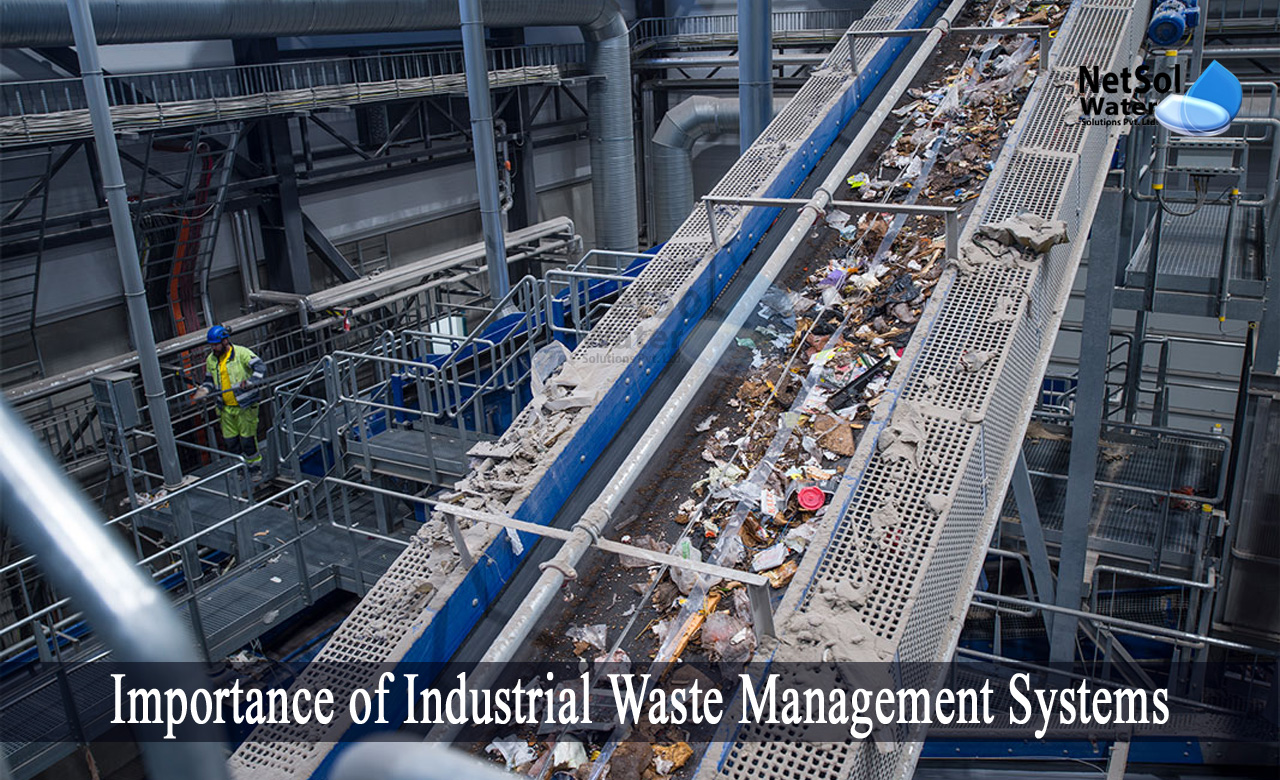The Main Principles Of Reclaim Waste
The Main Principles Of Reclaim Waste
Blog Article
Getting The Reclaim Waste To Work
Table of ContentsThe Single Strategy To Use For Reclaim WasteMore About Reclaim WasteIndicators on Reclaim Waste You Need To Know3 Simple Techniques For Reclaim WasteMore About Reclaim Waste
Explore the kinds, incidents, and kinds of fluid waste. Domestic sewer waste refers to the waste and items from a residential sewage-disposal tank. This kind of waste is produced by humans in residences, institutions, and various other buildings. This only consists of septic systems that have a drain area. The proper monitoring and disposal of domestic sewer waste require liquid waste to be moved to a sewer therapy plant where the appropriate methods and tools are related to cleanse and get rid of waste.
Industrial waste often consists of possible hazards, such as flammable products or a mix of liquid and strong waste products, and calls for an advanced and in-depth disposal process. The disposal of industrial waste generally includes the filtration of waste prior to transport to make certain secure and proper disposal. Hazardous waste is produced from byproducts and runoff of industrial processes and manufacturing.
This type of waste can not make use of the same sewer management transport or processes as septic or industrial fluids. The industrial waste administration procedure requires the evaluation and screening of fluid waste prior to it goes through the disposal procedure (industrial wastewater treatment). Overflow waste is the fluid waste that originates from overflow and excess stormwater in extremely inhabited locations or cities
Runoff waste can create contamination and flooding if not taken care of correctly. Making sure appropriate waste administration can prevent disasters and decrease environmental injury.
Unknown Facts About Reclaim Waste
Get in touch with PROS Services today to discover about our waste management and disposal services and the appropriate ways to look after the liquid waste you create.
(https://gravatar.com/maximum5d830db060)Do you recognize what occurs to your water when you end, flush the bathroom or drain pipes the cleaning device? No? Well, it's worth knowing. This so-called 'wastewater' is not just a vital source however, after treatment, will certainly be released to our land, waterways or the ocean. Utilized water from bathrooms, showers, baths, cooking area sinks, washings and industrial procedures is called wastewater.

water used to cool machinery or clean plant and equipment). Stormwater, a kind of wastewater, is runoff that streams from farming and urban locations such as roofs, parks, gardens, roadways, paths and seamless gutters right into stormwater drains, after rain. Stormwater flows untreated directly to neighborhood creeks or rivers, at some point getting to the ocean.
The Ultimate Guide To Reclaim Waste
In Queensland, many wastewater is treated at sewer therapy plants. Wastewater is transferred from domestic or industrial websites with a system of sewage systems and pump terminals, called sewerage reticulation, to a sewage therapy plant. City governments develop, keep and operate most sewer therapy plants. Operators are certified under the Environmental Protection Act 1994 to release cured wastewater at an acceptable environmental standard into rivers.
The Department of Natural Resources recommends regional governments about handling, operating and maintaining sewerage systems and treatment plants. In unsewered areas, city governments may call for homeowners to install individual or house sewage treatment systems to treat domestic wastewater from commodes, kitchen areas, restrooms and laundries. The Division of Natural Resources authorizes the use of family systems when they are shown to be efficient.
Many stormwater gets no treatment. In some new subdivisions, treatment of some stormwater to remove litter, sand and crushed rock has started utilizing gross pollutant traps. Wastewater treatment takes place in four phases: Eliminates strong issue. Bigger solids, such as plastics and other objects wrongly discharged to sewage a knockout post systems, are eliminated when wastewater is travelled through screens.
Wastewater after that flows into big tanks where solids settle and are eliminated as sludge. Grease and scum are skimmed from the surface area. Uses small living organisms referred to as micro-organisms to break down and eliminate continuing to be dissolved wastes and fine bits. Micro-organisms and wastes are integrated in the sludge. Removes nitrogen and phosphorus nutrients that might create algal blooms in our waterways and intimidate aquatic life.
The Single Strategy To Use For Reclaim Waste
Nutrient removal is not readily available at all sewer therapy plants since it needs costly specialist tools. Clear fluid effluent created after treatment might still contain disease-causing micro-organisms - liquid waste disposal melbourne.

This normally implies wastewater has to be treated or contaminants eliminated prior to it can be released to waterways. Many wastewater flows right into the sewerage system. Under the Act, local federal governments provide approvals and permits for ecologically relevant tasks (Ages) involving wastewater launches that might have a neighborhood influence. The department provides approvals and permits to ERAs entailing wastewater releases that could have a local or statewide impact.
Some Known Details About Reclaim Waste
Monitoring supplies valid details concerning water top quality and can confirm that licence conditions are being met. The information obtained through tracking supplies the basis for making water high quality choices.
Report this page